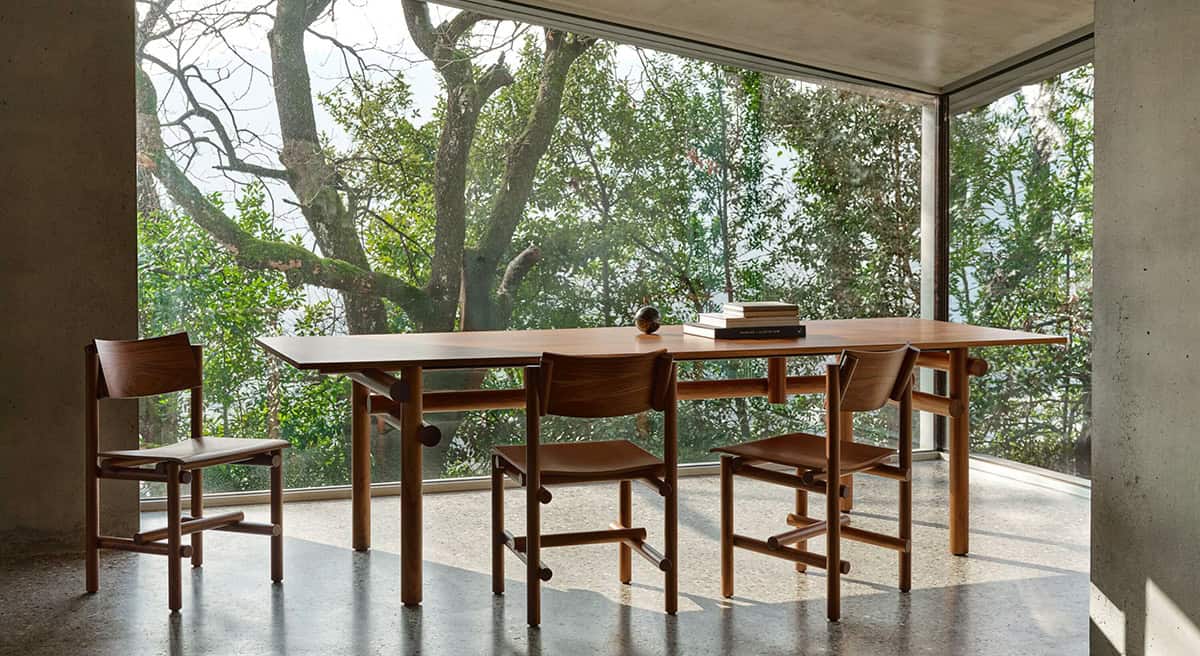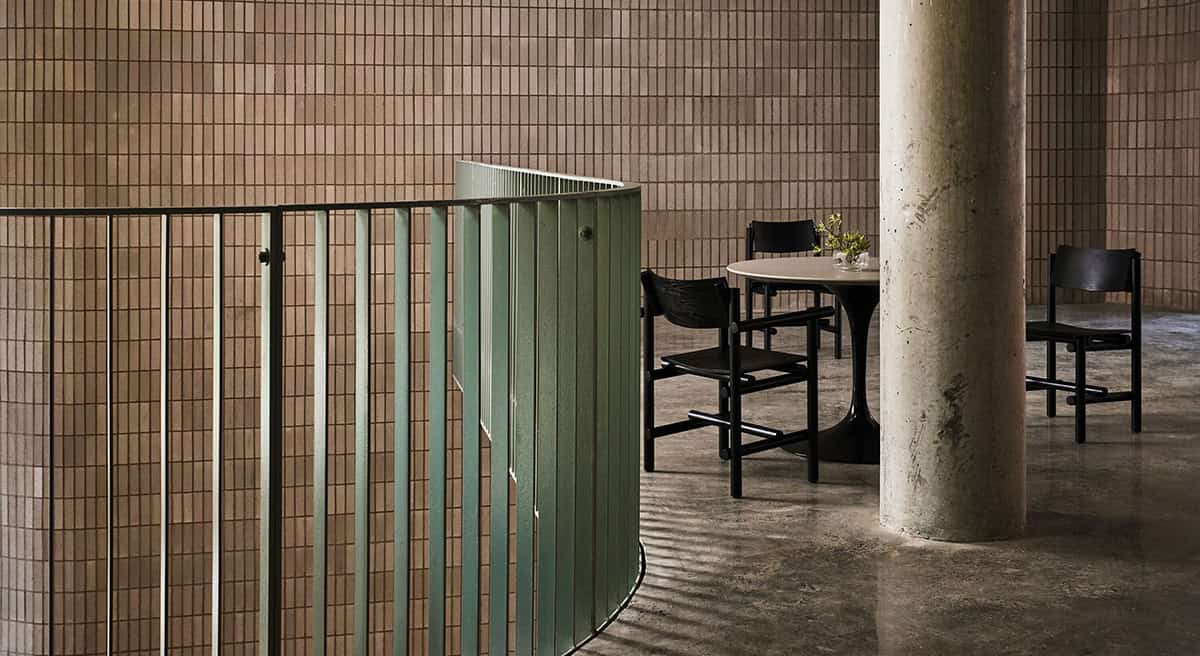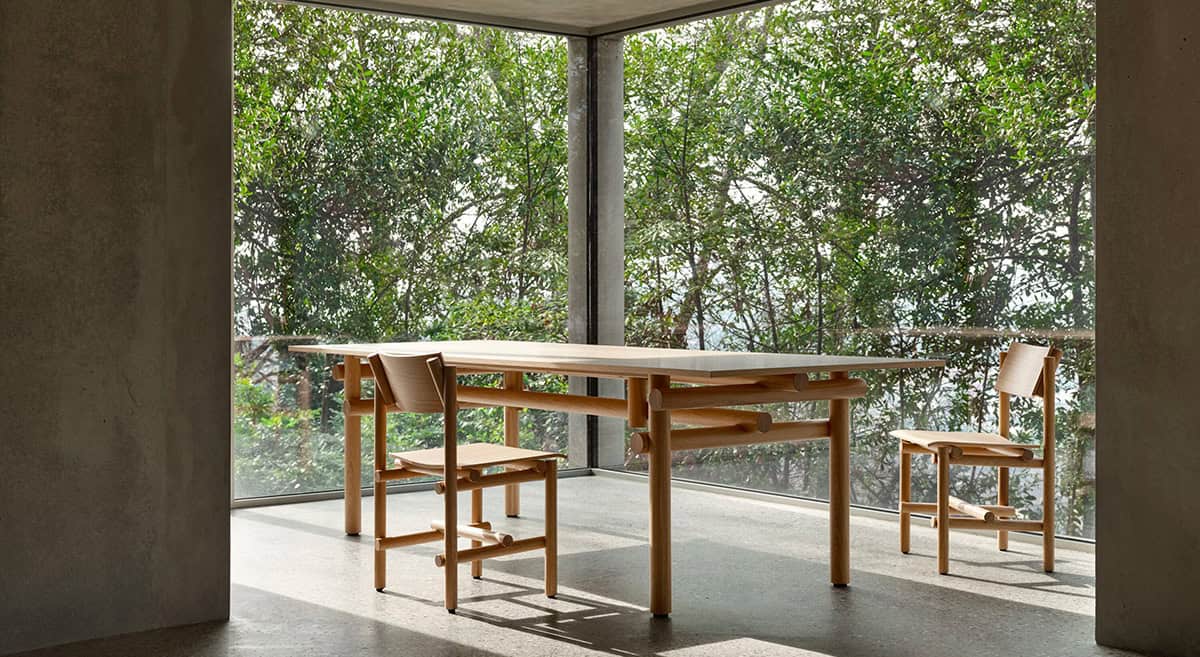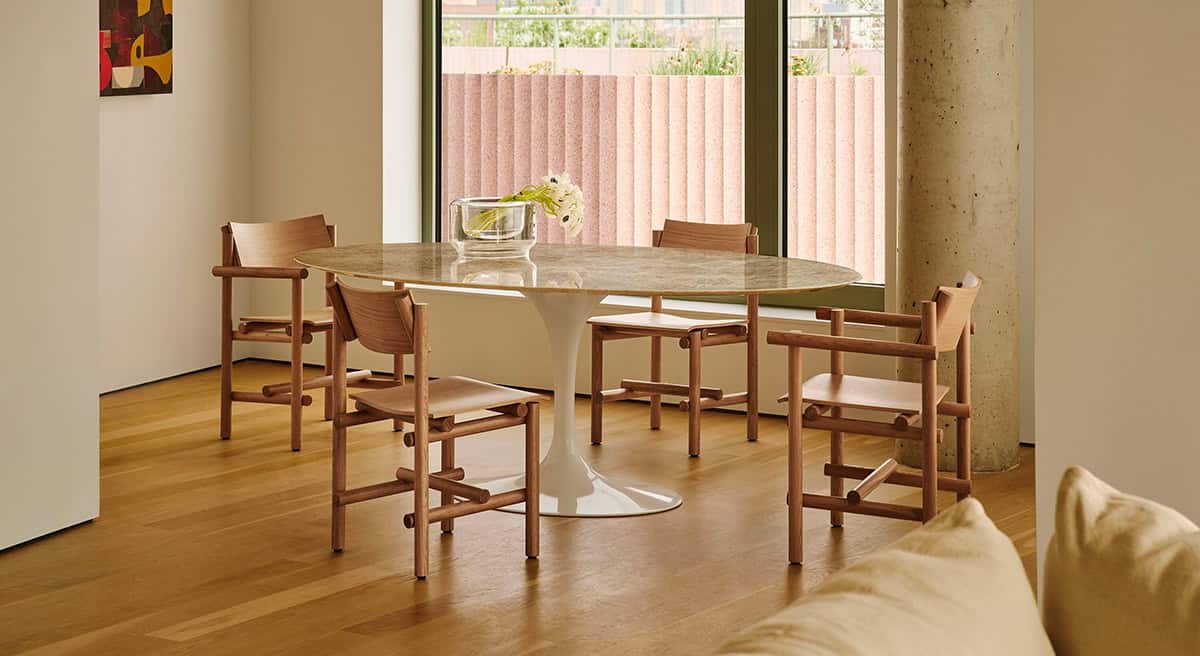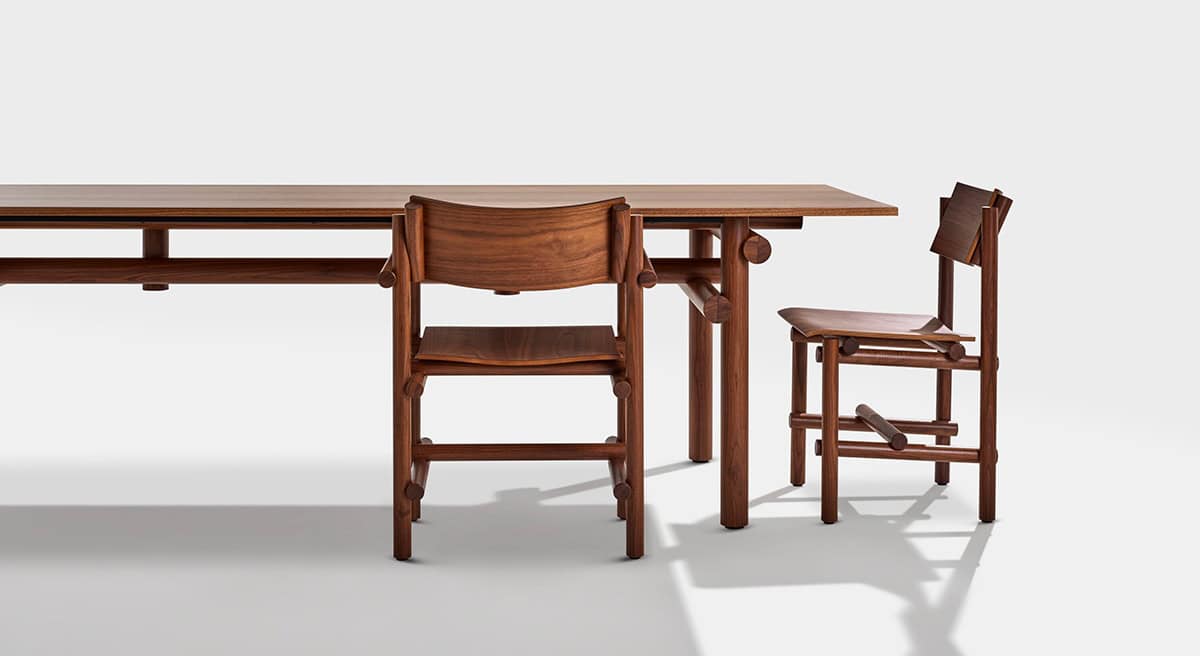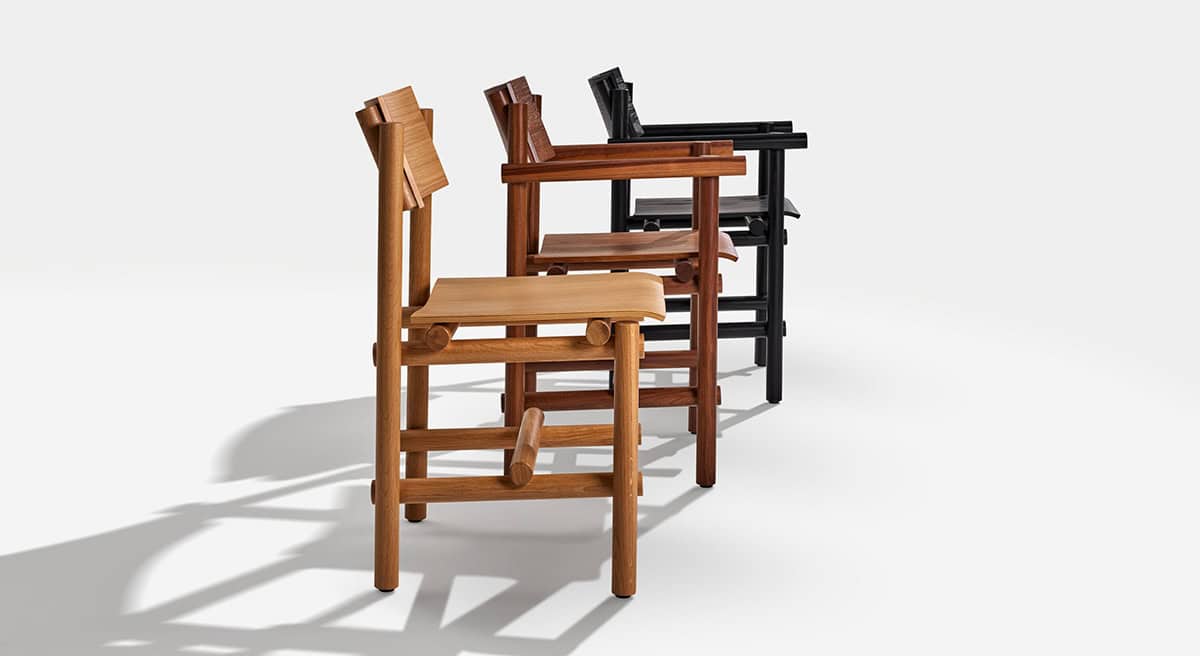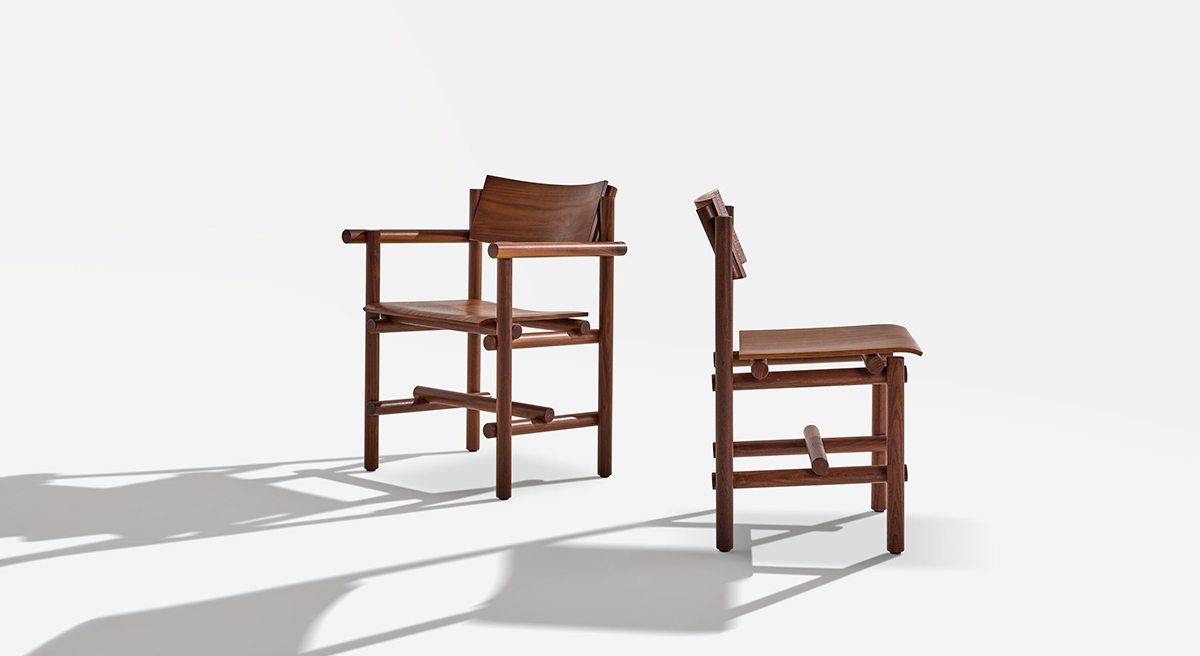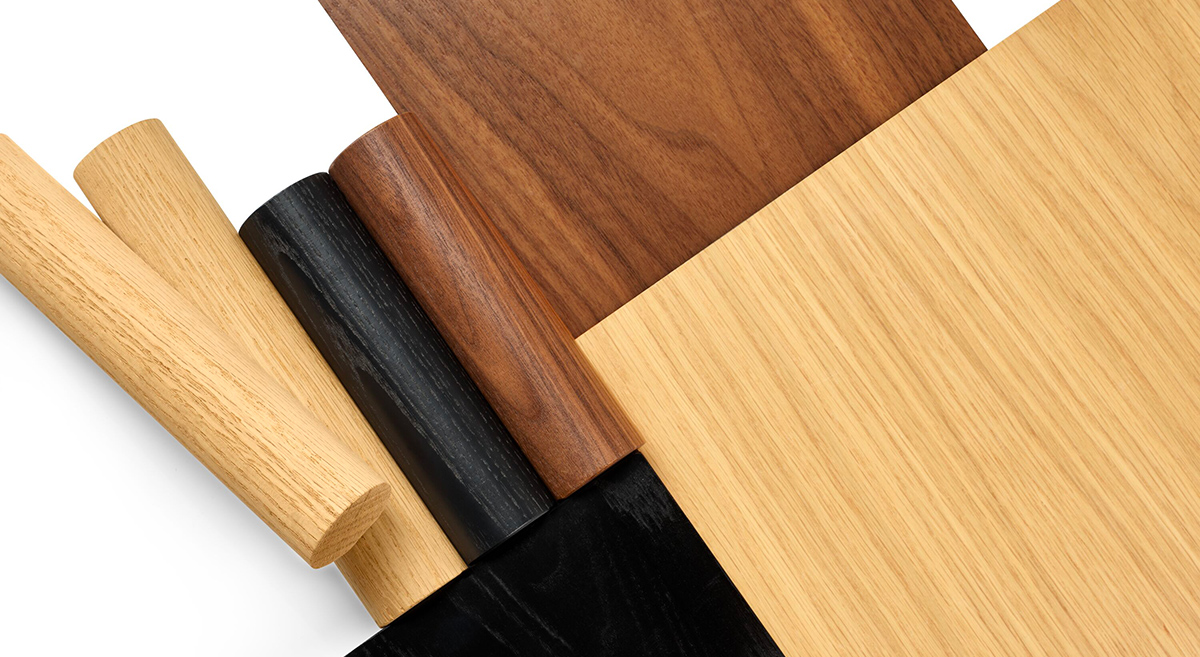Muecke Wood Collection
“I think about furniture in terms of material—as a marker of human scale, a physical record in relational space.”
– Jonathan Muecke
Muecke Wood Collection
An exercise in materiality and connection, the Muecke Wood Collection by architect and sculptor Jonathan Muecke celebrates the natural beauty of wood and the clarity of repetition.
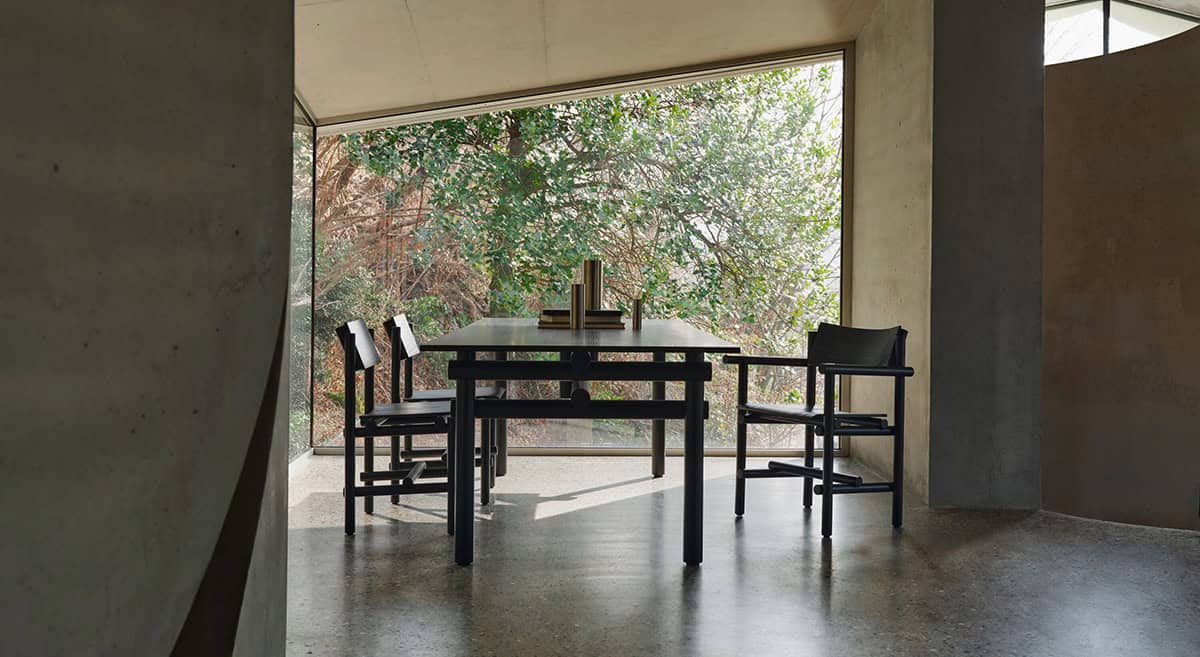
In his first commercial collaboration with Knoll, Muecke applies the principles of his art practice to create an all-wood dining collection with the familiarity of a kitchen table and chairs. “I like to take things for what they are and not try to imagine what someone intended them to be,” explains Muecke. “Ultimately, these are generous objects.”
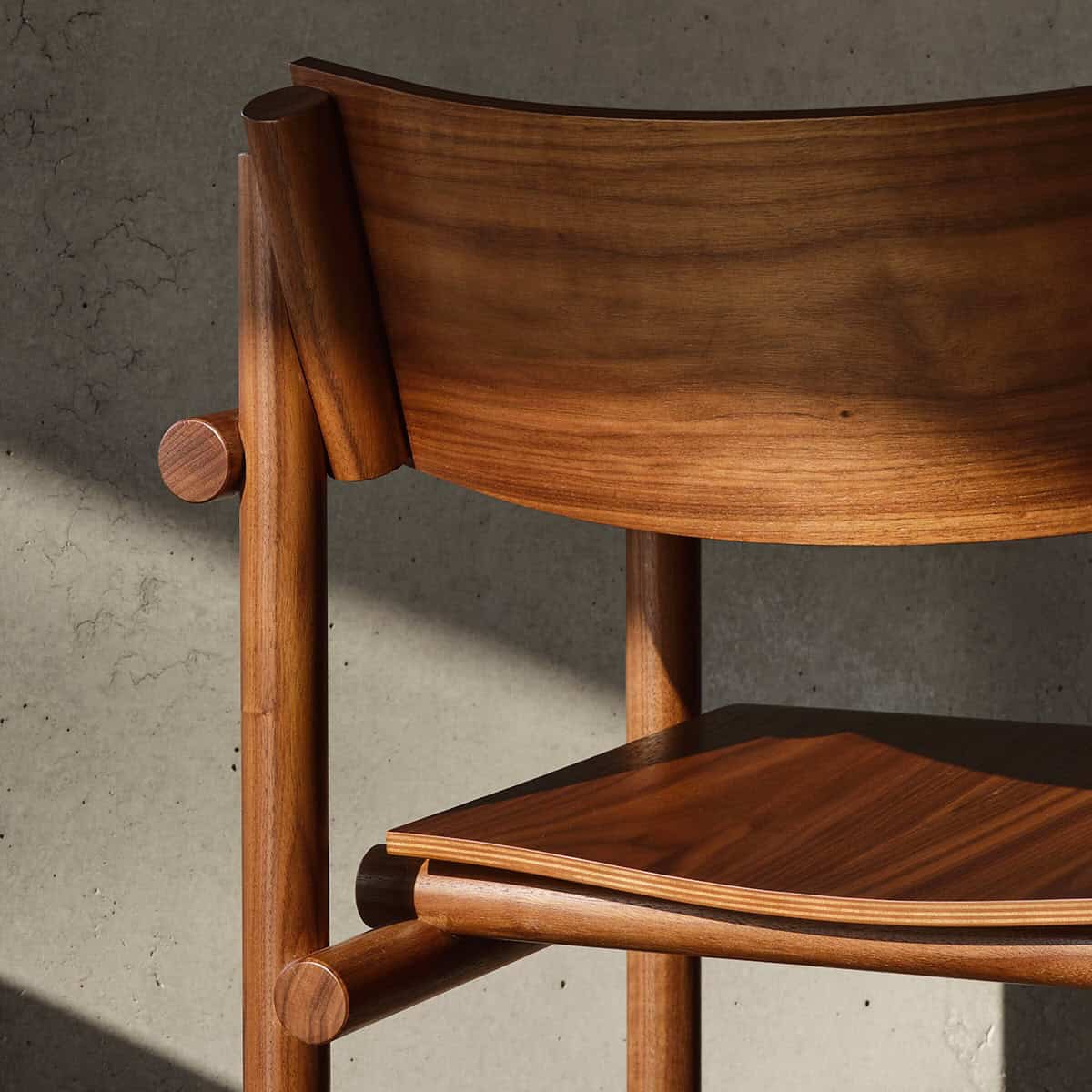
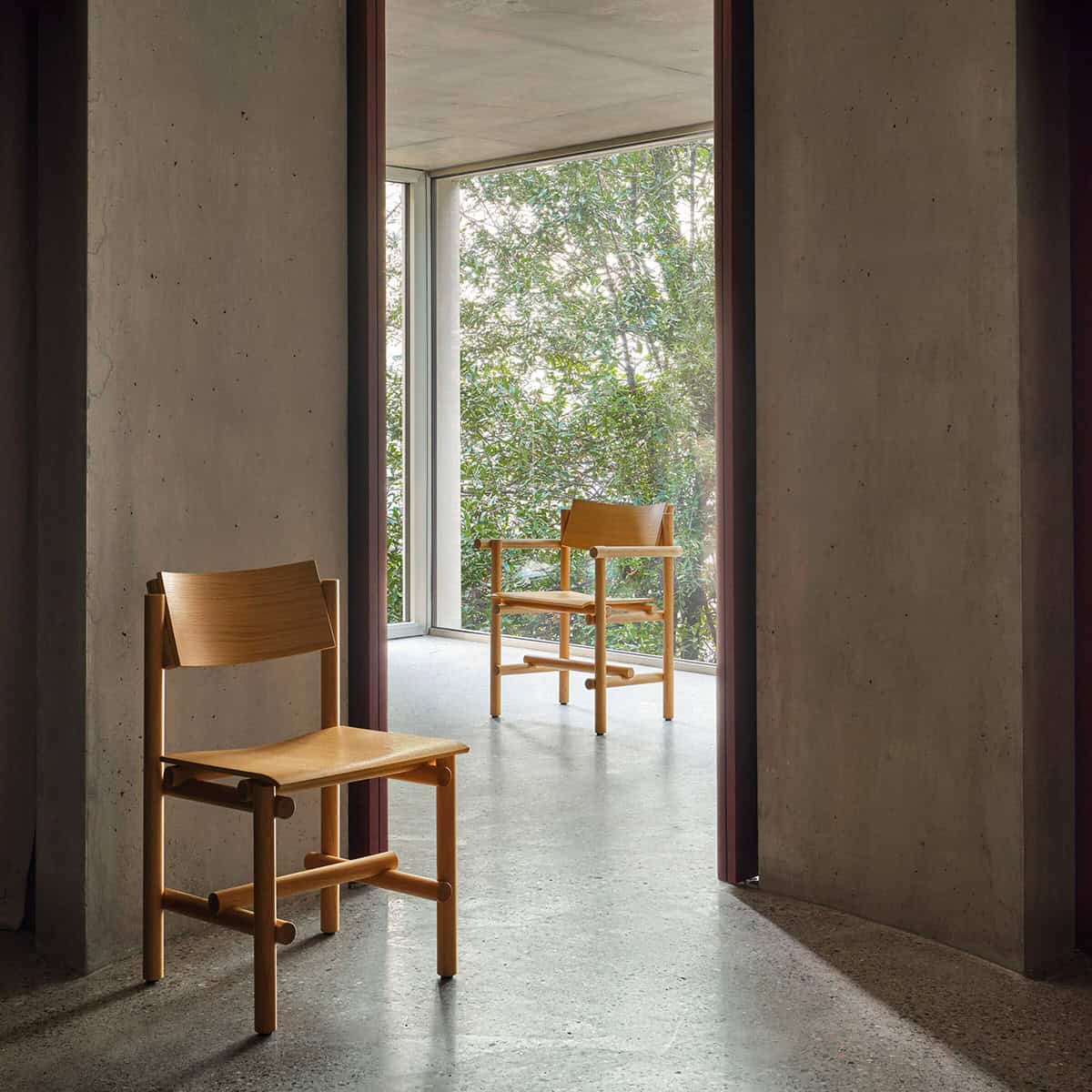
Jonathan Muecke’s process begins with a deep exploration into a single material, and this collection is no exception. Wood is appealing to him because it’s relatable and warm. Plus, wood has grain, which he also sees as material. By rounding solid wood into cylindrical dowels, Muecke erased distinctions between face and edge grain, and kept end grain visible. “You can understand the piece of wood,” he says. “It’s not disguised. It’s there for you to understand again and again.”
The clarity of Muecke’s work stems from his use of repetition. In the case of this collection, distinct joinery is used throughout, with rounded wood pieces passing each other on nearby planes and connecting where they meet by a floating tenon. The result is a stable linking system with an internal logic that amplifies the space around it. As explained by Muecke, “only when something has internal logic does it have a have a chance at external relationships with other things.”
About the designer
Jonathan Muecke’s design practice makes the most out of an idea. Much like the seminal Knoll pieces by modernist designers before him, it stems from a preoccupation with materials and their presence in space. For Muecke, “it’s about seeing things, and using things, and remaking things,” he says, “not necessarily inventing things.”
The furniture and art objects he creates have a simplicity that belies the architectural and artistic theory that underpins them. By often using just a single material and by reiterating an object in various scales and proportions, Muecke’s process of reduction and abstraction functions as a kind of freedom. As a result, his work resists standard classification, instead blurring the lines between design, art, and architecture.
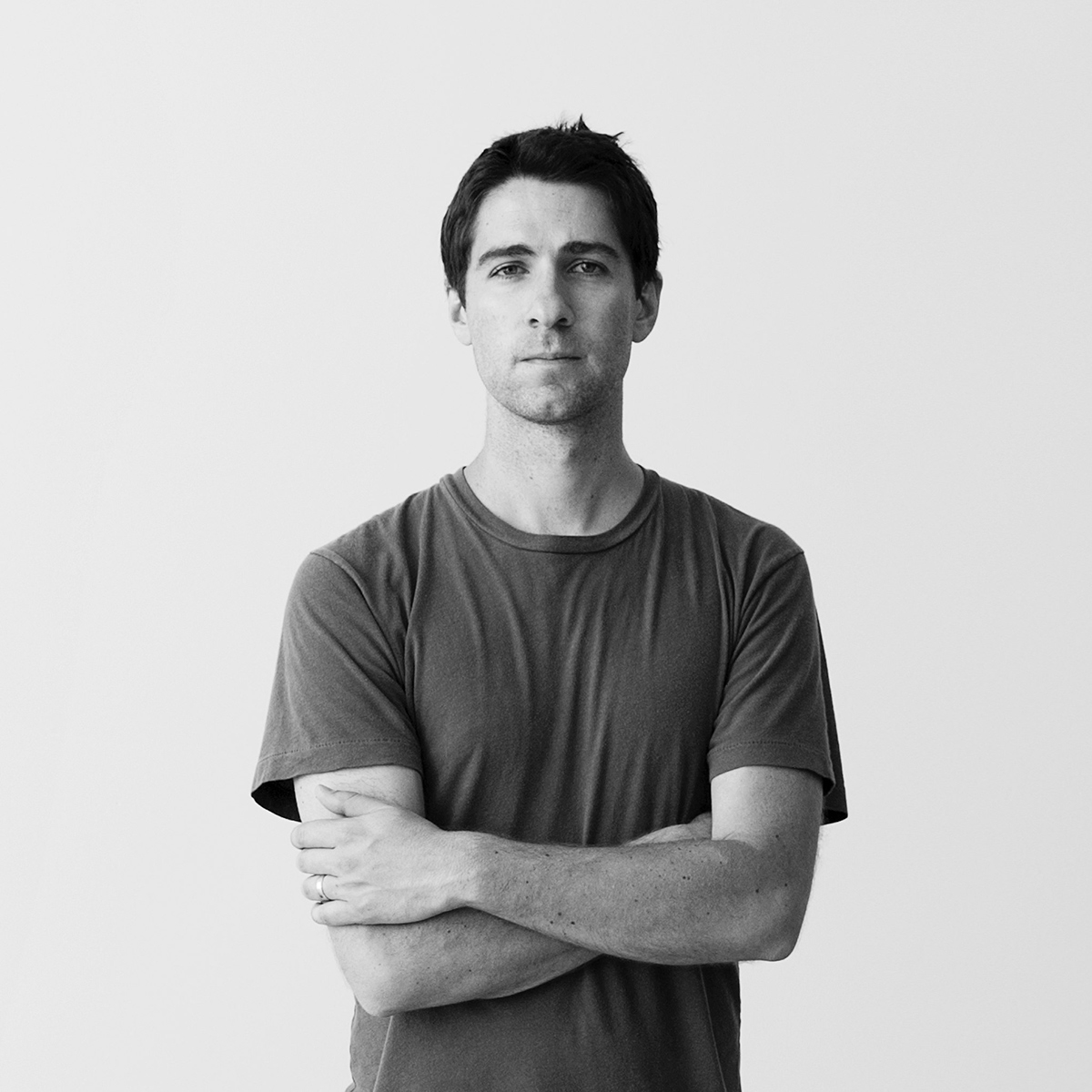
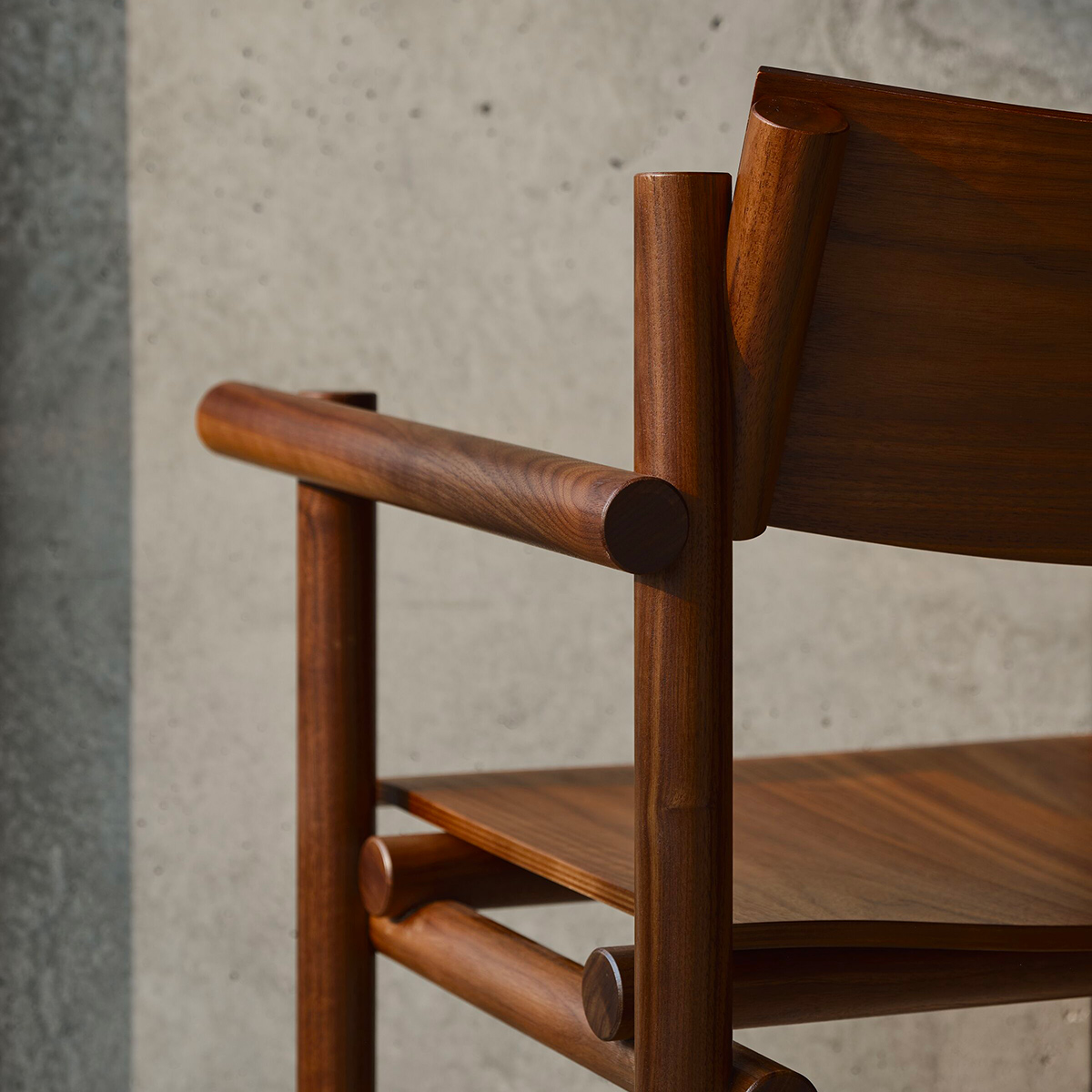
Based in Minnesota, USA, Muecke is a trained architect. He interned with Herzog & de Meuron in Basel, Switzerland and completed his degree at Cranbrook Academy of Art in Michigan before establishing his own practice in Minneapolis.

